Up Next

The FIA’s new limits designed to stop Formula 1 cars porpoising could come into effect as soon as this weekend’s Canadian Grand Prix.
Is this immediate action the right move, and what could the consequences be?
Here are our writers’ thoughts on what we know so far.
This could end the title fight
Scott Mitchell
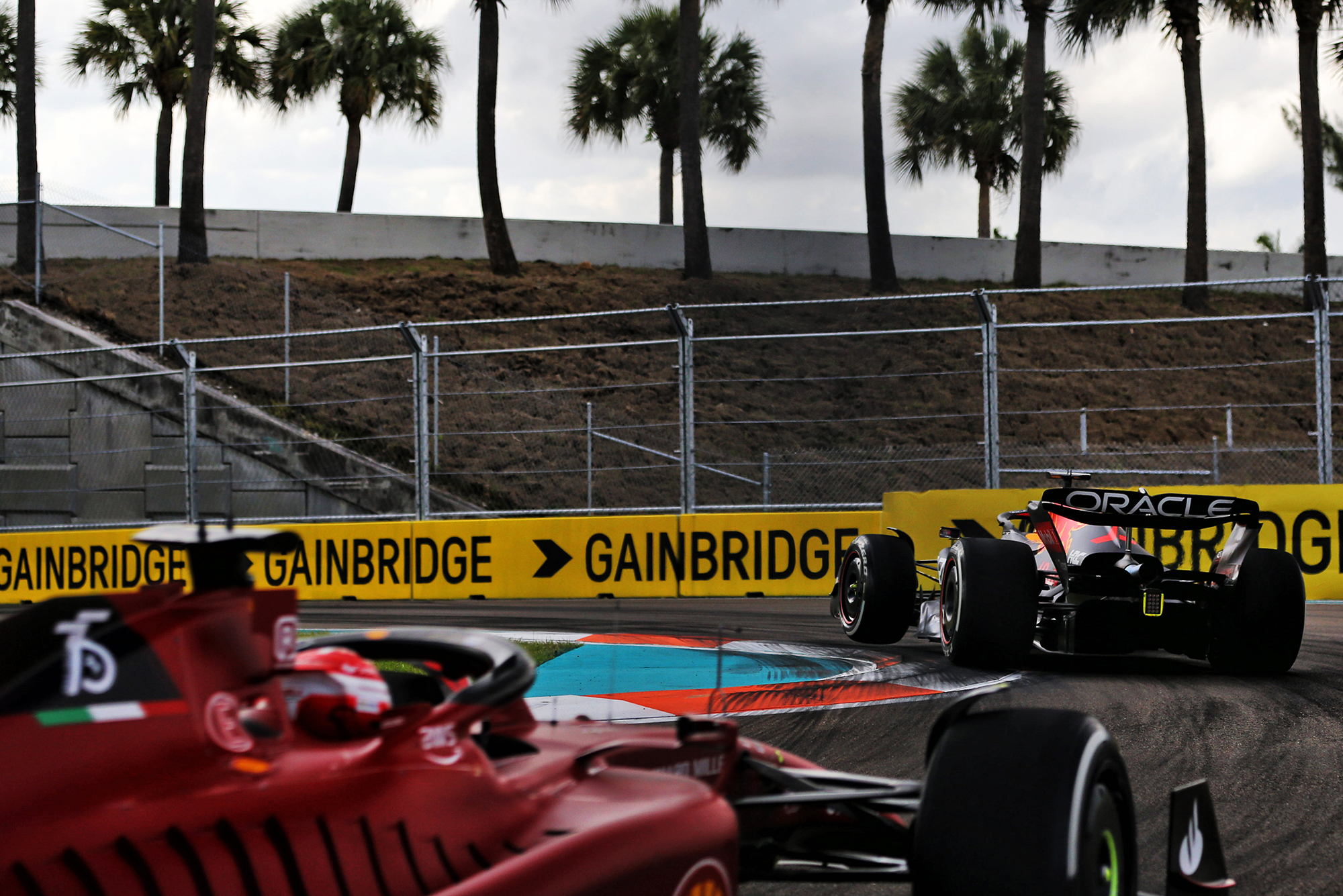
Intervention is the right move now that we have a firm suggestion that the medical advice is these cars are a health risk for drivers.
However, I’m worried the short-term measures will kill the title battle.
The Ferrari has been porpoising aggressively in the opening races. That’s why Carlos Sainz has been such a vocal figure, he’s experienced some of the worst of the physical effects.
So it stands to reason that if there are cars on the grid that need a ride height change because they are oscillating too much, the Ferraris will be among them.
If so, will that hurt the performance of Ferrari, which is already trying to make up ground?
And if so, how many races will we have where this is happening?
This is not to say that I’d have preferred some technical rule changes had been thought up to eliminate porpoising or bouncing instantly. As then that could hurt Red Bull by making the Ferrari faster – which would have been equally rubbish, in terms of fairness. As it would have been a regulatory breakthrough not one from independent engineering.
The good thing is this not a change that should force Red Bull (or other teams with no bouncing issues) to change its car and make it worse.
My concern is that the intervention, while totally valid and worthwhile, is going to sap the life out of a championship fight that’s already at risk of fading to nothing before the summer break.
It’s bad news for Mercedes
Edd Straw
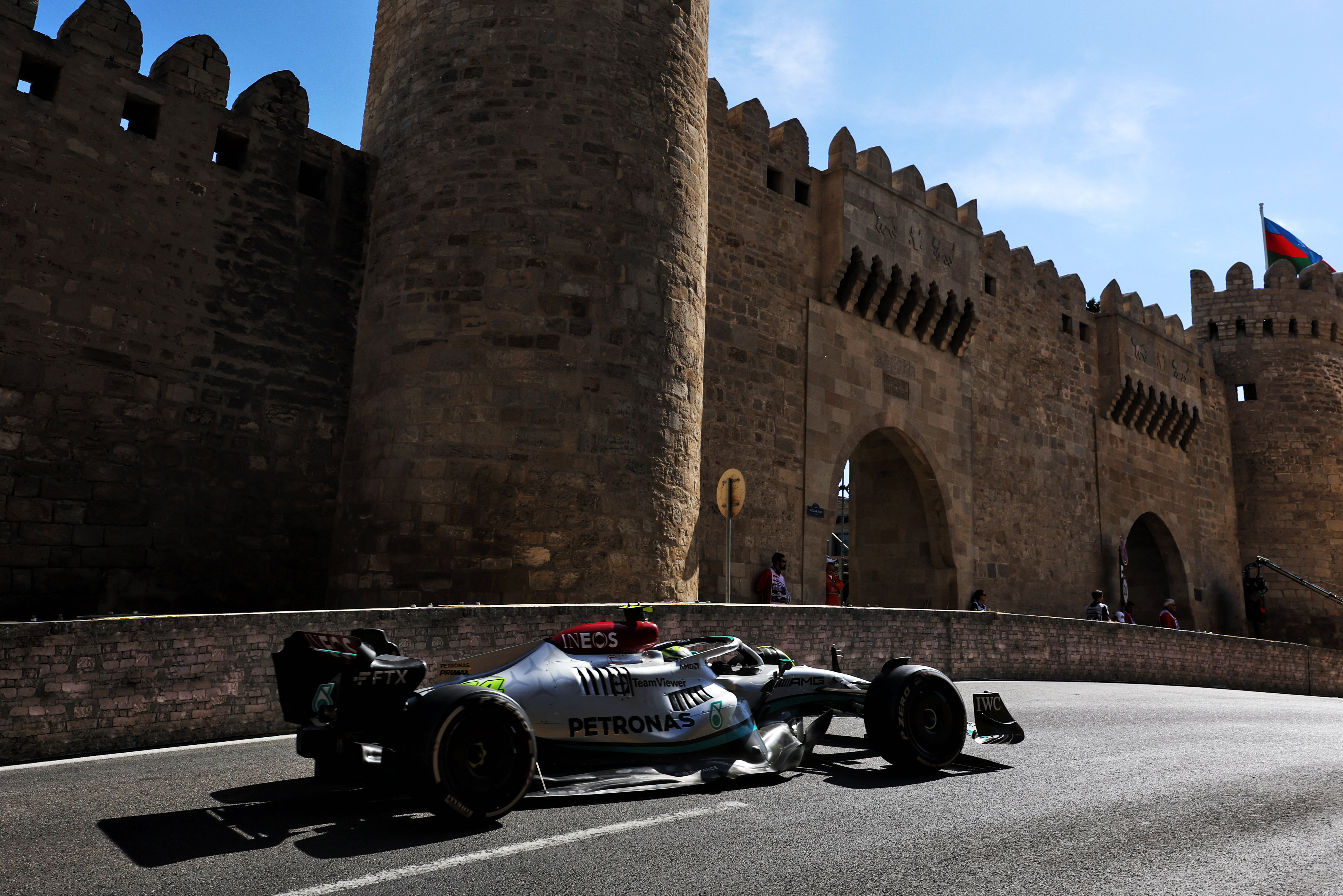
The Mercedes drivers have been at the forefront of criticism of the problems caused by the aggressive ride, and while they certainly have been making sure their concerns are very public there’s no question that they are real.
But the route the FIA has taken to tackle the problem by limiting how savage the vertical oscillations can be is not a good outcome for the team and could mean more bad news for the performance of the Mercedes W13.
As Baku showed, Mercedes still has the most savage bouncing of all the cars on the grid and that’s even with compromises made to mitigate the problems caused by the bottom of the car smashing into the ground.
Chances are, this move from the FIA could force it to compromise the set-up, and therefore pace, even more while others don’t have to. That does tackle the fundamental issue of the effect on the drivers, but it gives Mercedes yet more problems.
That doesn’t mean the FIA isn’t right to go in this direction, quite the contrary. That the extent of the problem varies from team to team proves the regulations don’t fundamentally mean the drivers have to be exposed to potentially damaging ride, so this is an elegant way to react to it.
But while it changes the game for the worse for Mercedes for now, the team’s primary objective remains unchanged. It must get its bouncing problems under control.
A brave move to save teams from themselves
Mark Hughes
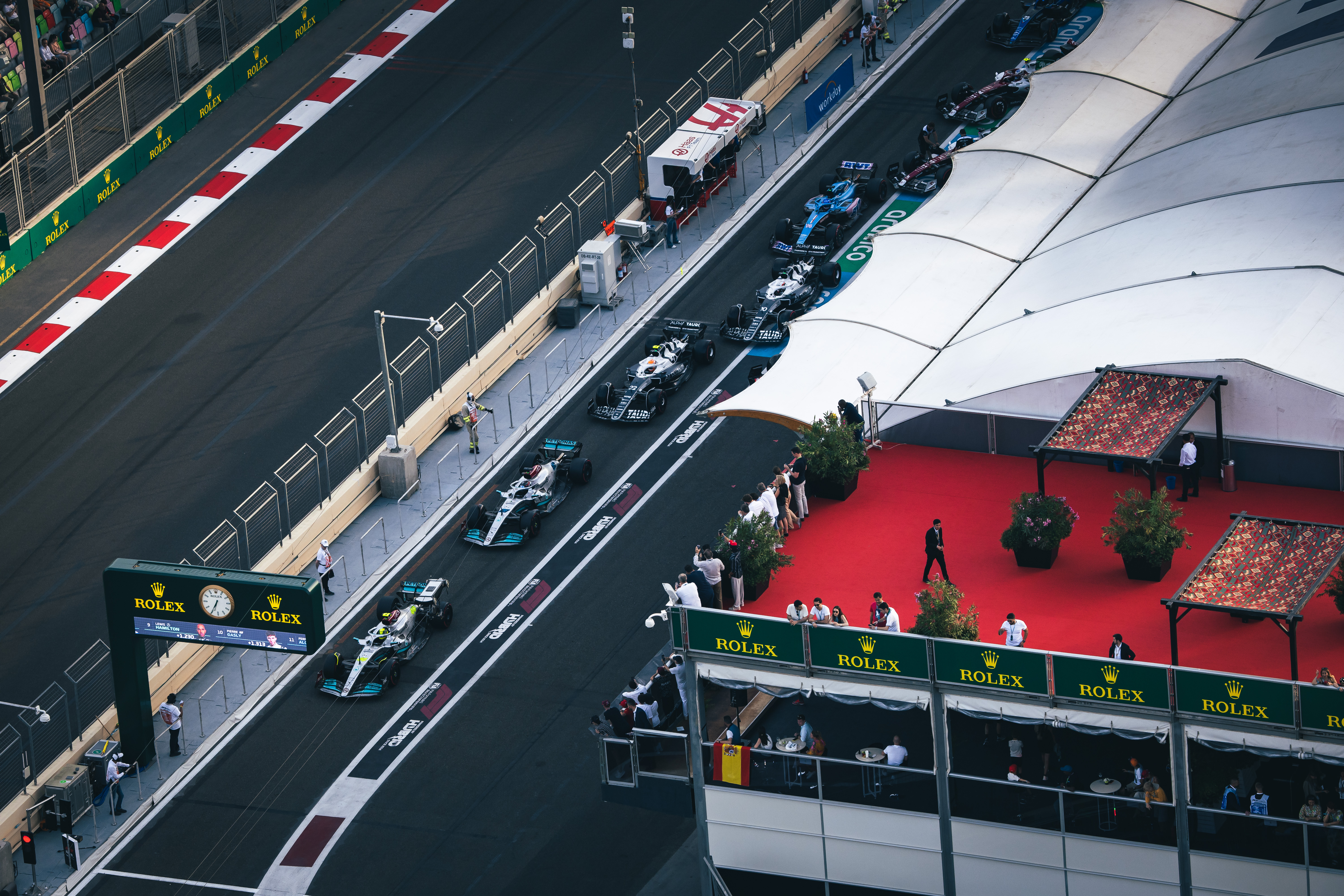
Although it sounds incredibly complex to monitor and police, this has been necessary to protect competitors from themselves.
Given the choice of lap time or physical discomfort, lap time will always take precedent, even if the long term physical health implications are unknown.
It will probably have an impact upon the competitive order. It may even increase Red Bull’s advantage.
But this is a brave, decisive move from the governing body. Let’s hope it can keep control of the immense complexities which look set to follow.
Putting the onus on teams is the right outcome
Gary Anderson
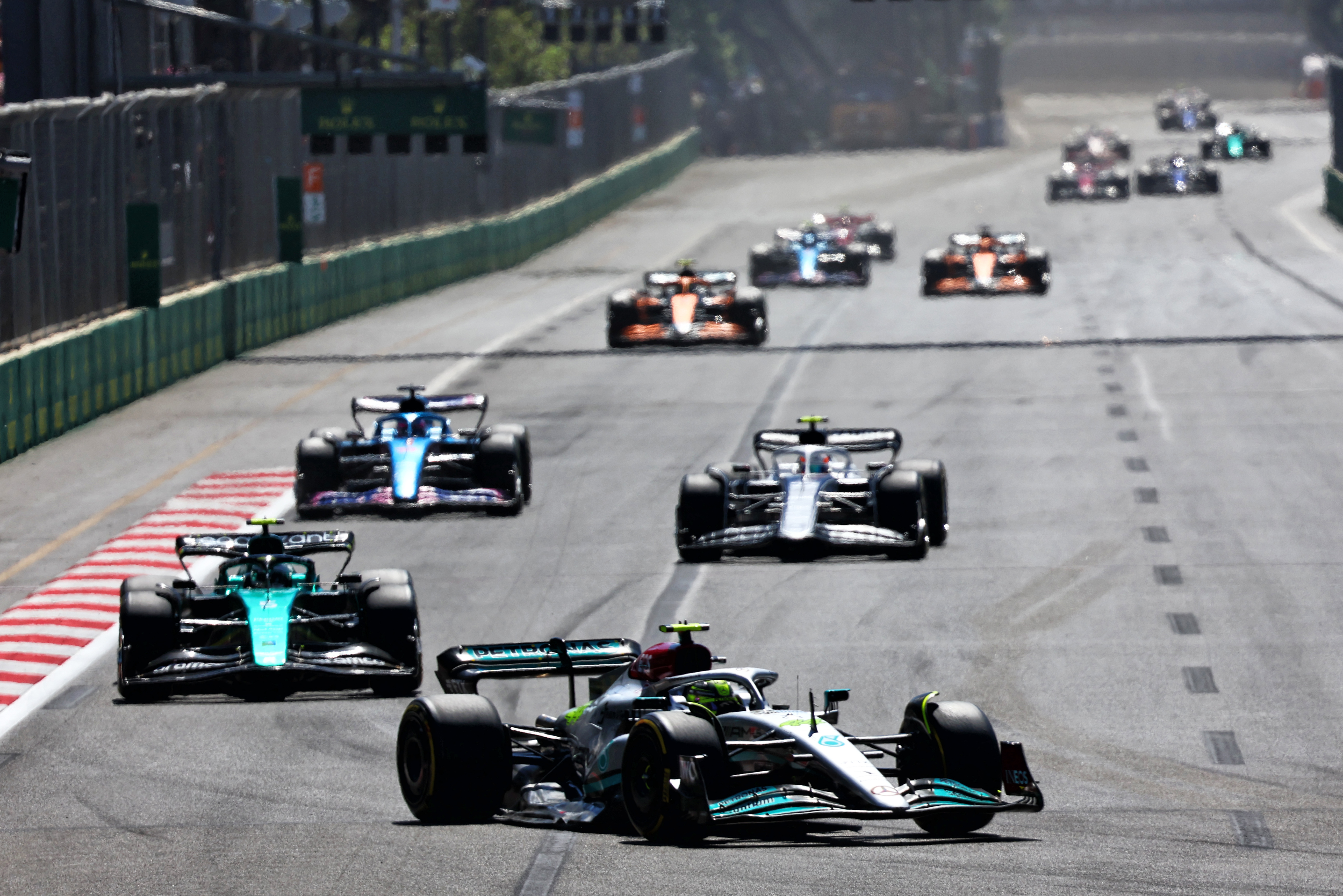
I’m pleased the FIA is going about implementing changes relative to the g loads in the car. This is a much better way to go about it than a blanket aerodynamic change. It will still affect some teams more than others but isn’t that the way of the world?
It means that the porpoising and how to manage it is still down to the teams individually.
If you get it under control you can still run the car low, you just can’t allow it to batter itself to death on the track surface.
That said, I’ll wait for what the FIA finally comes up with and if the teams will allow it to introduce changes mid season.
A win for the drivers
Rob Hansford

Above all else, this is a major win for the drivers.
All too often in the past, they’ve complained that they aren’t being listened to, and that the FIA hasn’t been taking their opinions onboard, but they can’t say that anymore.
With teams unwilling to budge on the porpoising issue on their own accord, the FIA has now stepped in for them, proving beyond doubt that it can take driver concerns seriously.
This move should silence some critics, and in some ways is a great political move by the FIA, no matter what the primary reason is for amending the regulations.
But it will also be interesting to see whether this alters the dynamic going forward.
The drivers will know winning this battle gives them leverage.
They now know that they can influence the regulations and decision-making process. Is this just the beginning of a shift in the political balance?
Episode one of a saga?
Matt Beer
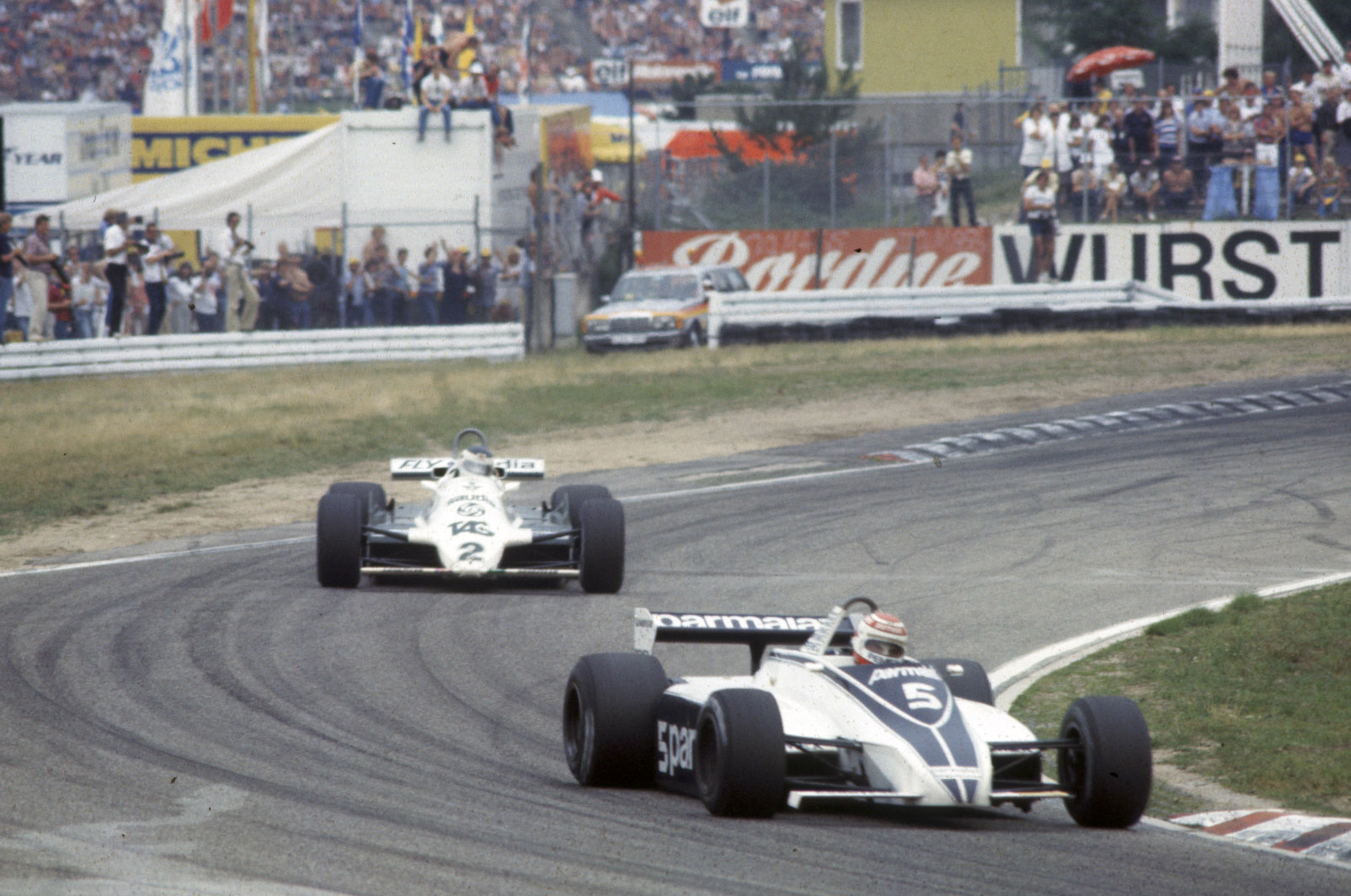
Part of the reason I found Formula 1’s first ground effect era so grimly fascinating – even though, having been born in 1980 I only experienced it through reading a lot of books in the 1990s – was what seemed like a never-ending sequence of technical rows, rules restrictions, and unsubtle ways of getting around them. Sliding skirts, ride-height devices, rock-hard suspension, all great for cornering speed but terrible for driver comfort, and indeed ultimately safety, given some of the horrific aerial accidents of 1982.
I thought that four decades of technological progress would mean ground effect v2 was, literally, a smoother process for F1 in 2022, so the fact we’re in this position already is a little surprising.
I’m not expecting a flurry of ways to get around these new limits (and can’t really see how it would be possible anyway), or a new safety worry arising from this sensible action, but I can’t help think this is just going to be step one in a many-steps process, and that we’re going to see some significant disqualifications and teams arguing that the type of action that’s been taken has too big an impact on the competitive order.




